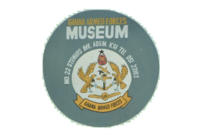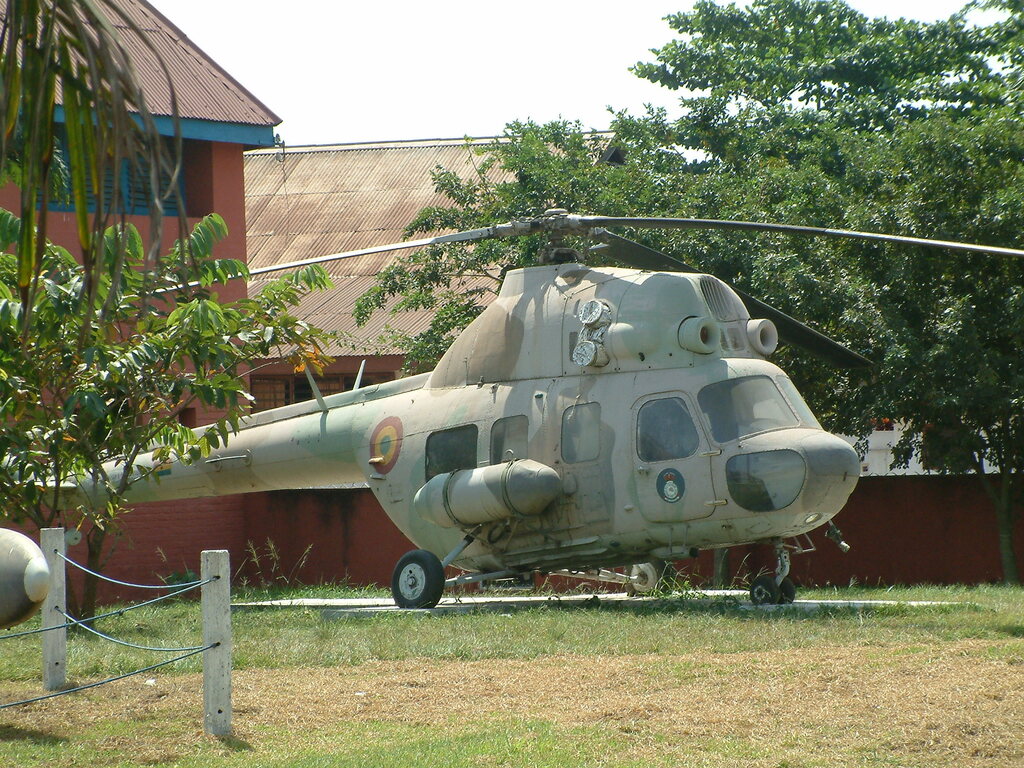

Outdoor Exhibition at Fort Kumasi (c) Remo Kurka
Located within the Uaddara Barracks in Kumasi, the museum’s open-air section complements its indoor galleries by displaying large-scale military equipment that played key roles in Ghana’s armed forces history.
🚛 Armored Vehicles and Tanks
• Armored cars from the mid-20th century are prominently displayed, representing Ghana’s acquisition of mechanized military technology during the Cold War era.
• These vehicles were used for border patrols, peacekeeping missions, and internal security operations.
• Some of the tanks are British or Soviet-era models, reflecting Ghana’s diverse military partnerships over the decades.
🧨 Cannons and Artillery
• The museum features colonial-era cannons, some dating back to the Anglo-Ashanti Wars.
• These cannons were originally used by British forces during their campaigns in the Ashanti region and later repurposed by Ghana’s military.
• Visitors can observe the design evolution of artillery from muzzle-loading cannons to more modern field guns.
✈️ Aircraft Displays
• A retired military aircraft, typically a light reconnaissance or training plane, is stationed in the courtyard.
• Though Ghana’s air force is relatively small, the aircraft symbolizes the country’s efforts to develop aerial capabilities.
• The display offers insight into pilot training and air surveillance during Ghana’s early post-independence years.
These outdoor exhibits are not just static displays—they serve as educational tools for students, historians, and tourists. They help illustrate:
• The technological progression of Ghana’s military
• The impact of colonial warfare on local defense strategies
• The role of Ghanaian forces in international peacekeeping missions
Museum guides often provide context and stories behind each artifact, enriching the visitor experience.
The outdoor exhibits are arranged within the fort’s central courtyard and along its granite walls, creating a dramatic contrast between the historical stone structure and the metallic machinery of modern warfare. This juxtaposition reinforces the museum’s mission to bridge past and present military narratives.
If you’re planning a visit, the outdoor section is a must-see—especially for those interested in military engineering and history.